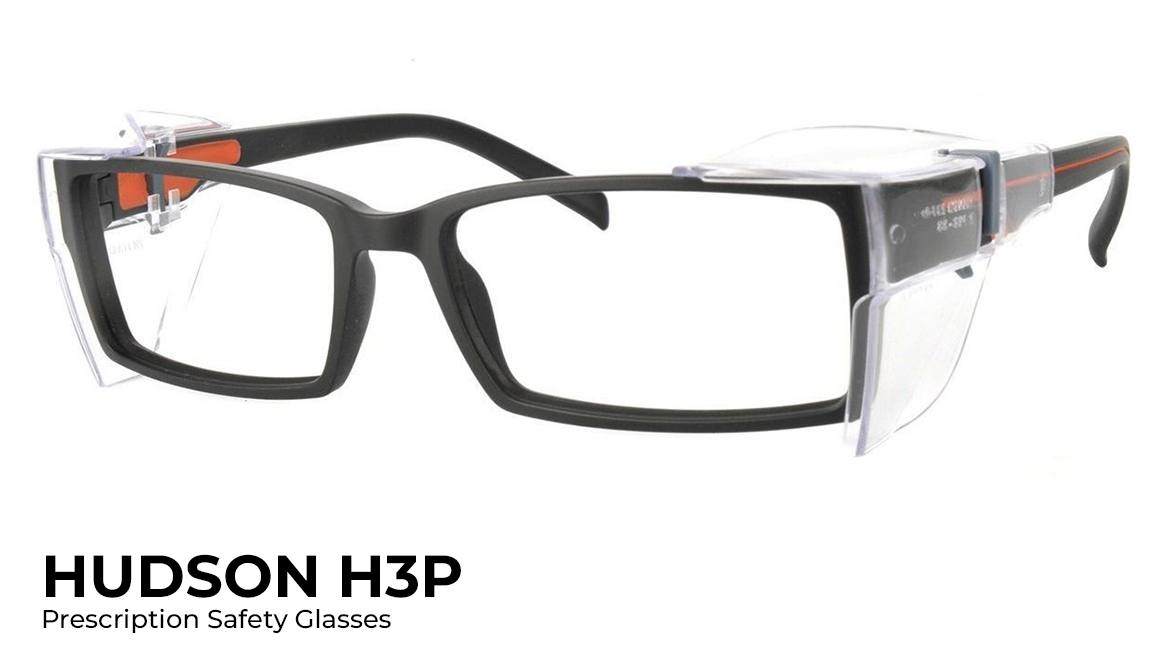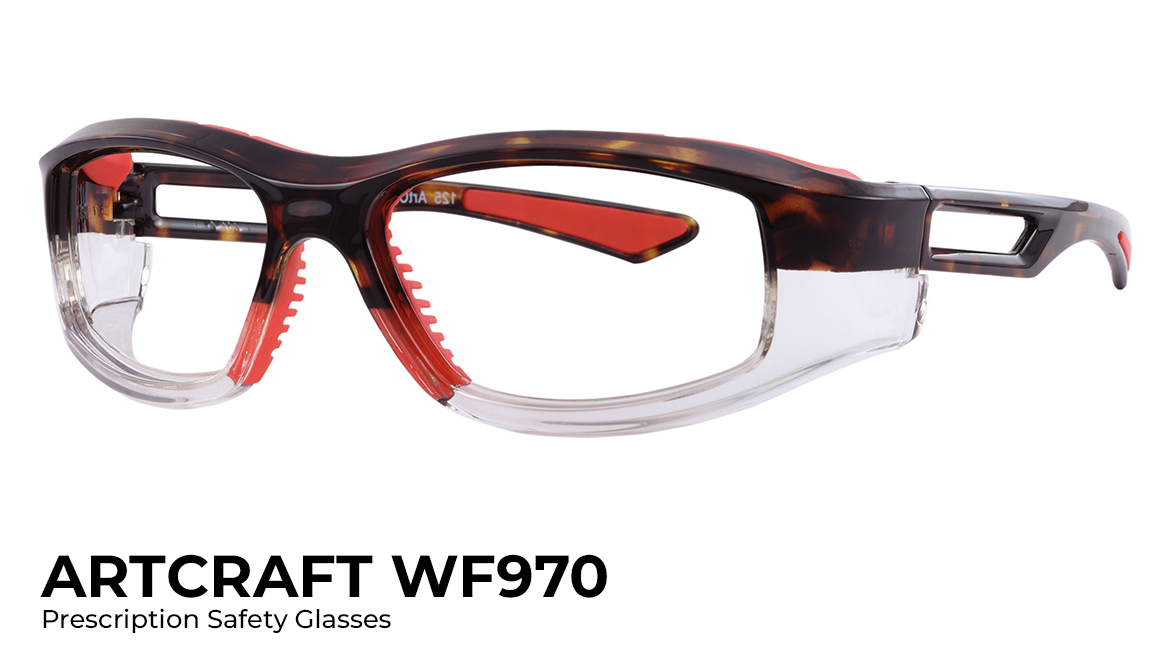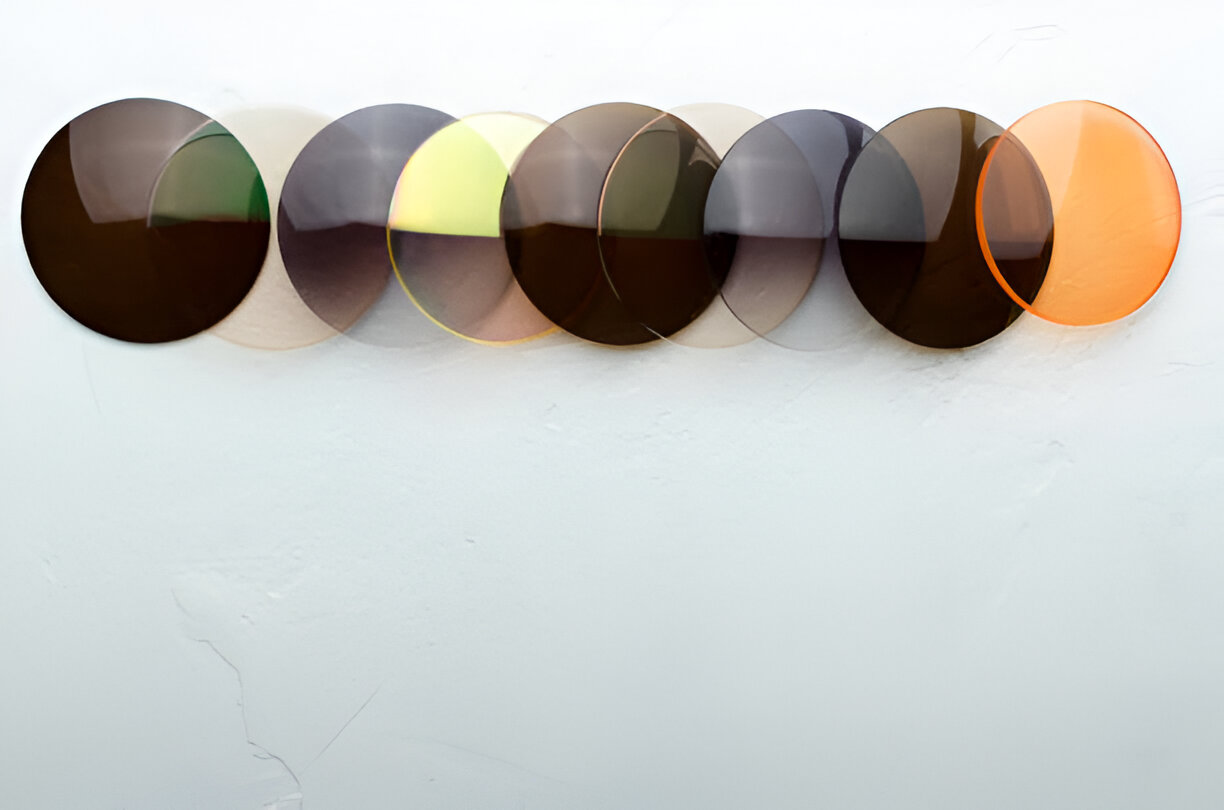
Blog
The Importance of a Healthy Vision for Road Safety
Vision is the most important sense for a driver. Good vision is crucial for safe and correct driving decisions. Your eyes account for 90% of all information you receive while driving. To drive safely, you must be able to see the road environment from afar, including other vehicles, cyclists’ traffic signals, pedestrians, and bikes.
While driving, one must continuously collect, process, and act upon visual information. You may not be able to react quickly enough to avoid dangerous situations if any link is missing. Good vision is crucial. You can't avoid a collision if you don't see danger quickly enough.
This problem can be illustrated by a car traveling at 55 mph in good weather conditions. It will take 400 feet for a car to stop completely. If you can't see more than 400 feet in front of your car while you travel at this speed, it will be difficult to stop fast enough to avoid any obstacles.
Let's now learn more about driving with our eyes.
Central Vision
Central vision is the most important part of an individual's vision. You can see fine details easily by focusing your attention on one spot. This vision is crucial for reading, writing, recognizing faces, and driving. Central vision is essential for any activity that requires sharp, clear, straight-ahead vision.
If the macula of the eye is damaged due to age, disease, or injury, central vision can be affected. Cone cells, which are sensitive photoreceptors located in the retina's central part, provide direct-on vision. Central vision suffers when cone cells stop functioning as they should.
Visual Acuity:
The ability to see objects clearly and distinguish between objects with fine details is called visual acuity. A person with a healthy central vision has this ability. If you don’t have visual acuity, your ability to see road signs, spot hazards, and identify different objects on the road would be affected. Therefore it is essential for driving.
Prospective drivers must pass a visual ability test using a Snellen table to be licensed. The chart has rows of random capital letters that will shrink in size as you move up and down. Each letter will be identified individually until you are unable to identify them all. You will receive a restricted license if you don't meet the minimum requirements for driving. This means that you must wear safety glasses or contact lenses while driving.

How does Vision Measurement Work?
You are considered to have 20/20 vision if you can recognize letters 3/8 inches tall at a distance of 20 feet. This is a healthy vision. To see the same level of detail, a person with impaired vision must be closer to an object than someone with 20/20 vision. A 20/40 vision would mean that you can see 20 feet of detail, while a 20/20 vision person can see 40 feet.
Minimum Vision Requirements:
Drivers must have a minimum vision requirement that varies from one state to the next. For more information, check your state's driving manual. Drivers can be granted a full or restricted license, which requires them to wear safety glasses like wiley x safety glasses. A person who has very poor vision may not be able to drive.
Near-sightedness or Farsightedness:
Nearsightedness is the most common form of vision impairment. Nearsighted people can see clearly when they focus on objects close by but have difficulty seeing detail when they try to look at things farther away. The range of nearsightedness is 20/40 vision up to 20/200 vision.
Farsighted people, however, have trouble focusing on objects near them but have no problem seeing distant objects. You will still need glasses or contact lenses if you are farsighted. It is important to be able to see distant objects. However, it is equally important to be able also to see the objects inside your car, such as your speedometer. You must fix any vision problems with the appropriate safety eyewear before driving safely.

Peripheral Vision
Side vision is a function of the cells surrounding your retina. You can perceive colors, movements, and objects without having to look directly at them. Although peripheral vision isn't as precise as central vision, it is still a significant part of your vision and essential for your perception. It may shock you to learn that only 3deg of your vision is in your central vision, while 180deg is in your peripheral vision.
Drivers need good peripheral vision to be able to see vehicles in the lane ahead and behind us. This allows us to see what is happening in front of us, even if we only turn briefly or check our mirrors.
You should be aware that your peripheral vision will diminish the faster you travel. This can be compensated for when you travel at high speeds. To do this, turn your head to look through your side windows more often than normal.
Many people don't realize they have a peripheral visual impairment because their central vision is so important. Driving will be much more hazardous if you have a peripheral vision impairment. Poor peripheral vision can lead to poor driving skills.
- You must not be able to see the vehicle approaching from the right or left side.
- You might not notice a traffic light suspended at eye level at an intersection.
- Do not pass parked cars too closely
- You will not be able to see a motorcyclist or cyclist in the lane next to you
- Cross over to another lane while driving around a curve
Although your peripheral vision can see a lot, it is not enough to monitor events on the side of your car. You can get a better view of the road around your vehicle by turning to check your blind spots or checking your side mirrors.
Depth Perception
Depth perception is the ability about how well you see in three dimensions. People with poor depth perception may face difficulty identifying distances between objects. This could be a problem when you need to judge the distance between your vehicle, other vehicles, or objects.
Some medical conditions can adversely affect depth perception. However, it can also be affected by environmental factors like fog and darkness. Poor depth perception can cause drivers to miss or run stop lines at intersections, or turn too fast or wide and not maintain a safe following distance.
Get Regular Vision Checks
No matter if you have a restricted or non-restricted driving license, it is important to monitor your eyesight and correct any problems that may occur during your driving career. Regular vision and eye health checks are essential. Otherwise, you might not be able to notice nearsightedness or problems with depth perception until it becomes dangerous.
These Tests Should be Part of an Eye Exam
Binocular Vision (extra-ocular muscle alignment testing) - These tests will determine how your eyes interact. This test is crucial in diagnosing squints and focusing problems.
- Depth perception - This tests your ability to perceive space and the relative distances between objects, e.g. between an object or a vehicle.
- Visual field tests - These tests test your "side vision", or peripheral vision. This refers to the ability to see and focus in a larger area or field of vision than you can see. This is vital because it allows you to see pedestrians, animals, and cyclists along the side of the road.
- Subjective refractive - This refers to the process of determining how powerful the lenses are needed to improve your vision.
- A Slit-lamp Exam - This tool allows for magnified views of the eye.
- Tonometry This refers to the measurement of your eye pressure.
- Ophthalmoscopy This is an examination of the eyes. You can do it through your eyes, or through your pupils that are dilated.
Remember that an eye exam can be quick, or even free. If vision-threatening conditions have not been diagnosed, you may lose your sight.
Road Safety is Influenced by Your Eyesight
Different aspects of your vision come to life when you take the wheel.
Clarity
Clear vision is essential for driving. Clear vision allows you to see distant signs and information on your dashboard. To get a driver's license in the United States, many states require that you have a corrected visual acuity of 20/40 or less. However, it is better to be closer to a 20/20 vision than not.
There are many causes of blurred vision, but most often it is caused by:
- Nearsightedness (myopia)
- Hyperopia (farsightedness)
- Presbyopia
- Astigmatism
- Cataracts
These conditions can be treated with glasses, contact lenses, and vision surgery. Surgery can often restore clear vision in cases like cataracts.
Binocular vision, depth perception
Road safety is dependent on your ability to judge distance and space. You may have difficulty seeing your surroundings if you have different prescriptions or squint.
Night Vision
Low-light vision can cause poor vision and make it difficult to drive safely at night. Night driving can be more dangerous than driving during daylight hours, so it is important to have sharp vision. The glare from streetlights and headlights can be uncomfortable at night. However, anti-reflective lens coatings are often available to reduce glare.
Visual Field
Your visual field refers to the area you can see without moving your head. To safely operate a vehicle, you need a visual field of 120° -- one-third of the circle. You must also ensure that there are no visual defects in the 20-degree field at the center of your vision.
Tunnel vision and blind spots can seriously affect a person's ability to drive safely. Conditions such as:
- Glaucoma
- Retinal detachment
- Optic neuropathy
- Retinitis pigmentosa
- Neurological damage
Glare
Driving at night can cause glare to distract or even blind you. This affects your ability to react to road signs and other vehicles. The amount of glare you can see from cataracts, corneal scarring, glaucoma, and simply growing older can all impact your vision. Starbursts and halos may appear around streetlights or headlights, which can add to the distractions in your field of vision. These sensations may be caused by a particular condition. Treatment can help to reduce or eliminate them.
Other options for safety eyewear include:
Prescription safety eyeglasses with an anti-reflective coating reduce reflections from the lenses. Sunglasses block 100% of UVA/UVB rays during daylight to reduce the sun's glare. Polarized sunglasses include a special coating that reduces reflections and glare. Wear polarized lenses only during daylight hours.
Simple Vision Precautions can help Increase Road Safety
Take these simple steps to ensure your vision is clear on the road.
Get Regular Eye Exams
A visit to an eye doctor once or twice a year can help you identify and treat vision problems. Presbyopia, also known as age-related farsightedness, is something you will notice after 40. A progressive lens can be prescribed by an eye doctor to help you see close, far, and at all distances.
Choose the Perfect Pair of Glasses
An eye doctor will help you choose the right safety glasses for your eyes and lifestyle after your eye exam. Anti-reflective lenses can help you see better if you drive in the sun on your morning or evening commutes, or at night. A pair of prescription sunglasses, or safety eyeglasses specifically designed for driving, can improve clarity and comfort during daytime driving.
Make Sure your Glasses and Windshield are Spotless
A clean windshield and clear glasses are essential for driving clearly. Consider replacing your windshield if it has severe damage or "pits". You should also consider replacing your glasses if the lenses have become scratched or begin to show signs of wear.





Leave your comment